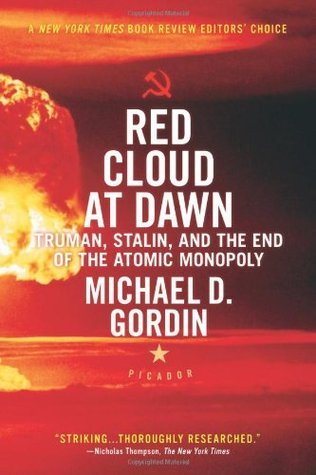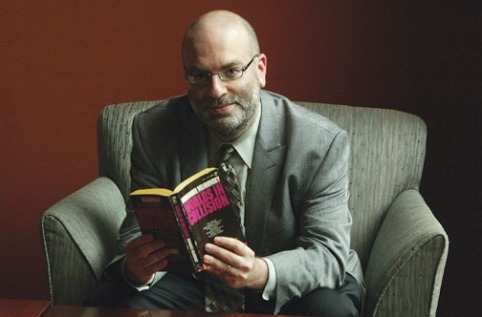
2009
First Published
3.64
Average Rating
416
Number of Pages
On August 29, 1949, the first Soviet test bomb, dubbed First Lightning, exploded in the deserts of Kazakhstan. The startling event was not simply a technical experiment that confirmed the ability of the Soviet Union to build nuclear bombs during a period when the United States held a steadfast monopoly; it was also an international event that marked the beginning of an arms race that would ultimately lead to nuclear proliferation beyond the two superpowers. Following a trail of espionage, secrecy, deception, political brinksmanship, and technical innovation, Michael D. Gordin challenges conventional technology-centered nuclear histories by looking at the prominent roles that atomic intelligence and other forms of information play in the uncertainties of nuclear arms development and political decision-making. With the use of newly opened archives, Red Cloud at Dawn focuses on the extraordinary story of First Lightning to provide a fresh understanding of the origins of the nuclear arms race, as well as the all-too-urgent problem of proliferation.
Avg Rating
3.64
Number of Ratings
73
5 STARS
19%
4 STARS
40%
3 STARS
29%
2 STARS
11%
1 STARS
1%
goodreads
Author

Michael D. Gordin
Author · 8 books
Michael Gordin is Rosengarten Professor of Modern and Contemporary History at Princeton University, where he specializes in the history of modern science. In 2013-4 he served as the inaugural director of the Fung Global Fellows Program. He came to Princeton in 2003 after earning his A.B. (1996) and his Ph.D. (2001) from Harvard University, and serving a term at the Harvard Society of Fellows. In 2011 he was awarded a National Endowment for the Humanities Fellowship and was named a Guggenheim Fellow. He has published on the history of science, Russian history, and the history of nuclear weapons.